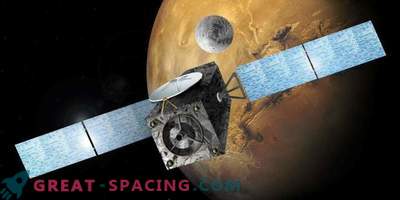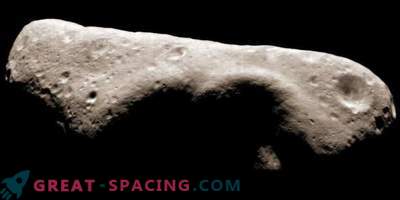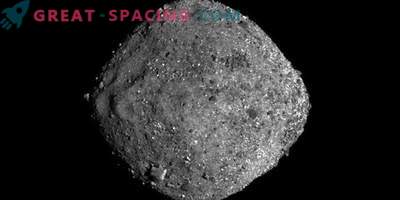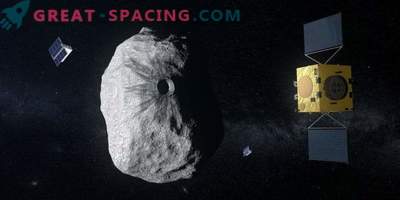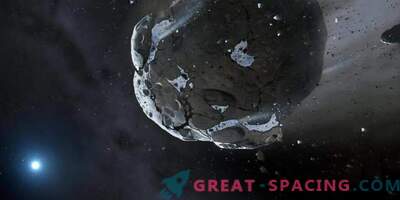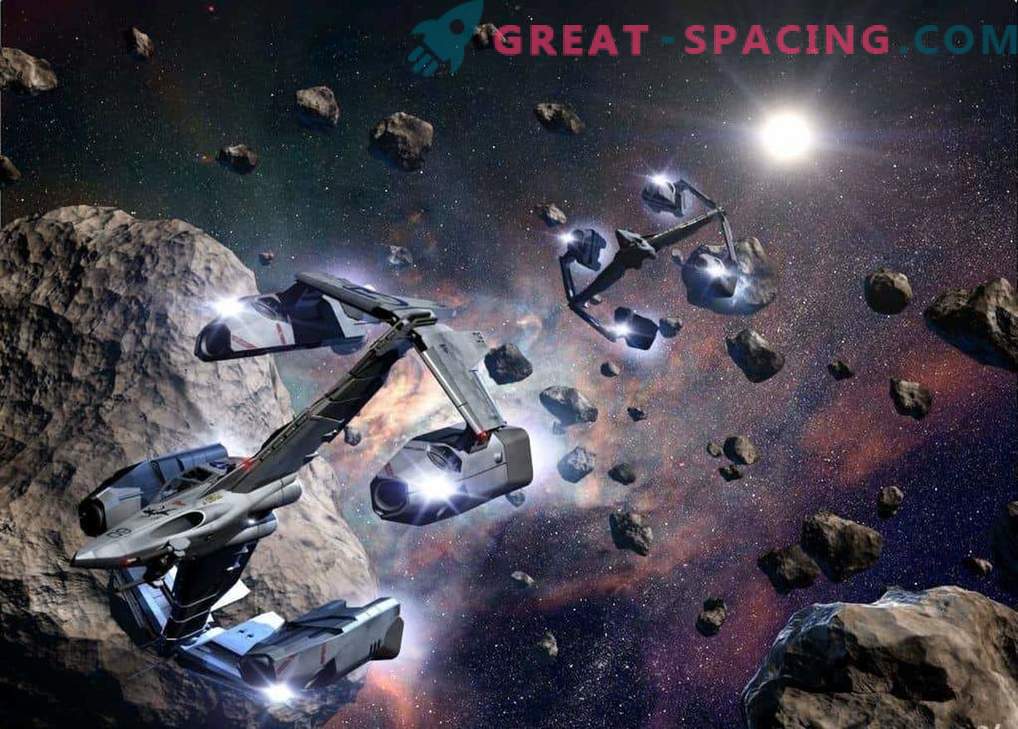
On the opening day, Planetary Resources announced quite ambitious and ambitious plans to mine asteroids. The public reaction to these statements ranged from excitement and trepidation to complete distrust. Within hours, the space community on Twitter and other social networks literally exploded from the news, triggering heated discussions and debates.
A little later, this company had a competitor in the form of Deep Space Industries (DSI). This fact is a kind of sign in which world we live. The actual question is how realistic are their plans and what consequences will the emergence of a new industry cause?
The 21st century has just begun, and many private space companies have already emerged that have declared themselves. For example, SpaceX launched the world's first private spacecraft “Dragon”, which made a successful docking with the International Space Station (ISS). Meanwhile, other private companies are developing spacecraft, and even projects sending people to Mars. Many of the ideas quite a bit do not reach their implementation and are taken by many seriously.
The two asteroid-mining companies DSI and Planetary Resources have the same goals, but the methods for achieving them are different. Planetary Resources is implementing a project to build low-cost orbiting telescopes “LEO” to fulfill orders for the study of asteroids. Later they intend to implement a project to create two types of exploration spacecraft. The “Interceptor” (Interceptor) will play the role of a long-range scout capable, on occasion, of intercepting any asteroids that will travel at a distance of 10 to 30 times the distance from the Earth to the Moon (which happens quite often). The Rendezvous Prospector (Scout Rendezvous) will be able to travel through half the inner solar system to collect detailed information about asteroids, including their size, shape, period of rotation, and density. Although it is clear to everyone that the company is planning to develop an apparatus that will be able to return samples and even whole asteroids, no statements have been made about this. On the other hand, the DSI takes a more aggressive approach. Currently they already have two planned vehicles. “Firefly” (Firefly), built of cheap materials is promising for getting past asteroids. The larger Dragonfly (Dragonfly) will be able to collect asteroid material. It is very likely that this company has much more promising concepts for future spacecraft, but again, they do not make them public.
Although the main goal of both companies is to mine the metal, they also intend to extract hydrogen and oxygen in order to create fuel stations for other spacecraft. Planetary Resources intends in the long term to change the orbits of most asteroids in order to move them to the lunar orbit with a view to their subsequent development. In the meantime, DSI is planning to use the “Microgravity Foundry” 3D printer to create high-quality components of structures in orbit. These plans, if implemented, may indicate the birth of a real orbital industry.
Private companies like SpaceX have been supported by large investments from NASA. It is noteworthy that many goals in the field of asteroid mining coincide with the intentions of NASA in this direction. Samples taken from the surface of asteroids can be extremely useful from the point of view of science. DSI also plans to sell parts of the asteroids to scientists and collectors.
In the future, space miners will have to map and explore the inner part of the solar system in the hunt for suitable asteroids, which can add information gathered through scientific studies like PanSTARRS. Moreover, the ability to actually change the asteroid's orbit carries the potential to prevent an impending collision with Earth, the theme of which is popular after many different Hollywood films. Thus, a completely natural question arises: what will all this lead to?
The extraction of asteroids at some point will become a necessity in the future, as mankind continues to actively use the resources of the Earth. Meanwhile, asteroids are numerous and full of useful metals and other resources. This means that any successful asteroid miner can help to become very rich. Combine this with the fact that orbital fuel depots and construction tools can significantly reduce the difficulties that will arise when exploring the solar system. These companies are already doing everything possible to reduce the cost of space travel and in the future their cost can be reduced even more.
In the end, it may turn out that the extraction of resources on asteroids not only stimulates the economy on Earth, but also can help in the further development of the solar system by humans.
Cost reduction, orbital production and the availability of materials can contribute to the colonization of the solar system. Thus, at the end of this century, mankind can have outposts not only like the ISS in Earth orbit, but also in other parts of the solar system. If these companies can prove themselves and succeed, then perhaps others will emerge from their example, and at the end of this century we will even be able to see an “asteroid boom” like the 19th century gold rush. There are even suggestions that resource extraction on asteroids may pave the way for interstellar travel. However, we will not run ahead.
The harsh truth is that, although this idea has great potential, it is fraught with great difficulties and obstacles. To date, of all the probes launched, only one spacecraft has returned with a sample of the asteroid material. Others have tried and failed. Most of the technologies needed by both companies do not yet exist or are only at the development stage, and investments in this area are dangerous and investors are well aware of this. For these companies to get financial support for their rainbow projects will not be an easy task. Even in spite of the fact that these companies are fighting to reduce the cost of space flight, they will still cost millions and millions to just one asteroid. Full return on investment can take decades, and this is only if the company proves successful. Mining asteroids will be an alluring and risky task, and at the same time, as long as there is an opportunity to get big gains, there will also likely be big losses. But then, perhaps, the spirit of pioneering is exactly what will attract all the forces of humanity for the implementation of these projects.

